The Motorola Atrix 4G Preview
by Anand Lal Shimpi on February 13, 2011 3:18 AM ESTThe Webtop App: Atrix as a PC
When you go to AT&T to buy your Atrix 4G you have the option, at the time of purchase, to add a laptop dock for $299 bringing your total up to $499 with a two year contract. Included within that contract you agree to a tethering plan ($20 per month) and AT&T's DataPro plan ($25 per month). Both of these are required in order to get the laptop dock for effectively $299. The laptop dock is a 11.6" notebook shell with no motherboard. Your Atrix 4G will serve that function instead.
If you choose to buy the laptop dock after the fact, you pay a full $499. If $299 was difficult to swallow, $499 is nearly impossible to justify unless you really, really love your Atrix 4G.
For $189.99 Motorola will sell you its HD Multimedia Dock along with a Motorola Bluetooth keyboard and mouse and remote control. This dock is a lot simpler, it looks like something you'd plug your iPod into...just the wrong way.
Unlike the Laptop Dock, the HD Multimedia Dock doesn't have any internal battery. Instead you get a separate AC adapter with a much-too-thin connector that will charge your Atrix and power the dock at the same time.
Along the back of the dock you get a micro HDMI output, 1/8" stereo jack and three USB ports.
Motorola sent me the entire multimedia dock bundle, complete with Motorola Bluetooth keyboard and mouse (the package is called the Entertainment Access Kit for Atrix 4G). Supply your own HDMI display and you can turn the Atrix 4G into as little as an entertainment center, or as much as a very limited desktop PC.
I didn't have much time with the setup (I think carrying a monitor would put me over my carry on weight limit) so I focused mostly on using the Atrix as a computing device. One obvious limitation to the entertainment center aspect is the lack of popular container support. Unless you have smartphone specific video content, you'll probably have to transcode anything you move over from your PC or Mac.
The minute you dock the Atrix 4G you get a popup asking you what you want to do. This is similar to the type of message you get when you connect an Android phone to your PC over USB, but the message doesn't hide in the notification shade - it appears front and center.
One of the options is to launch the webtop app. Motorola's webtop application appears to be a build of Linux that can run alongside Android.
When you launch the webtop app you get a UI with two desktops. In a window you get the mobile view, which is a virtual Android screen that works just like your phone. You can dial numbers, run apps, browse your email and do anything you could do if you were using your smartphone. Instead of controlling actions via the Atrix's touchscreen you're using a mouse (although you can use the Atrix's touchscreen as a docked trackpad/virtual keyboard if you'd like).
The second desktop is the webtop app itself. Along the bottom of the app is an OS X like dock, giving you access to frequently used functions. Anything to the left of the vertical divide are things that run in mobile view, and everything to the right runs in the webtop app. The biggest feature here is Firefox.
The webtop app comes with a fully functional version of Firefox (3.6.13) for Ubuntu. Click the Firefox icon and you'll begin your browsing session.
Internet connectivity is provided by the phone of course. Indicators located in the upper right of the screen tell you WiFi, cellular and Bluetooth status. Motorola has skinned all of these functions to look and feel like they would on a notebook. Click the WiFi icon and you'll get a list of available networks just like you would under OS X, Chrome OS or Windows 7. You can even disable wireless connections here without ever opening the settings pane in mobile view. Printing is also possible if you've got a shared printer on your network. It's all done very well.
The Firefox browsing experience is equally impressive, at first. Your favorite keyboard shortcuts work (Ctrl + L moves your cursor up to the URL bar, although sometimes the keyboard shortcut won't work without you clicking around in the browser to remind it of its focus). All of your websites load and feel right at home on a large display. There's even Flash support, so sites like YouTube just work without any tinkering.
Performance, so long as you are only dealing with basic content pages, is reasonable. It feels similar to what you get on the phone itself, which thanks to the Cortex A9s isn't that far off an Atom. I'll have more scientific measurements in the full review.
Where the Firefox/PC experience breaks down is the minute you ask for more than a simple browsing experience. Typing in Google Docs is laggy. With a couple of browser tabs open I found that I could type three sentences before they'd appear in my document.
YouTube playback works, however anything above 360p begins to drop frames. While 480p is playable, anything higher is basically impossible to watch. Motorola preloads Flash 10.1.120.10 with hardware acceleration in its webtop Linux however there doesn't appear to be any way to force an update. You'll note that this is the same version of Flash that the Optimus 2X was running, although I'm not convinced that GPU acceleration is fully enabled under Motorola's webtop Linux. Monitoring CPU usage in Android shows that playing a YouTube video in webtop Linux eats up between 50 - 80% of the two ARM Cortex A9s. Hilariously enough, HTML5 video is unwatchable in Firefox on the Atrix 4G.
Light usage isn't bad, but open too many tabs and you quickly get a worse-than-netbook browsing experience on the Atrix 4G.
You can Alt+Tab to switch between windows when you're in webtop Linux however even bringing up the task switcher is incredibly laggy at times.
It's clear that the webtop app is Motorola's main reason for including 1GB of memory on the Atrix. The Android VM typically eats up around 40% of available memory, with Firefox another 16% during light usage. While Motorola could've gotten by with only 768MB, I believe the 1GB is probably perfect for the Atrix if you're going to be using it in webtop mode.
Despite the performance issues I'd say that the HD Multimedia Dock + webtop mode is probably one of the coolest innovations I've seen in the smartphone industry. If you want to know why we need faster SoCs, this is why. The efficiency of Android and iOS is amazing on the hardware we have today, but tax them more and you quickly get the impression that even Windows running on a netbook is faster. We'll need the Cortex A15, Project Denver and new architectures to enable usage models like what Motorola is going after with the Atrix 4G.
I'm not sure if I'd personally buy the Laptop Dock, but the HD Multimedia Dock is pretty interesting if you don't have a good PC and just want to do some big screen web browsing. Power users will be frustrated by the experience but I have to say this is the start of something great.


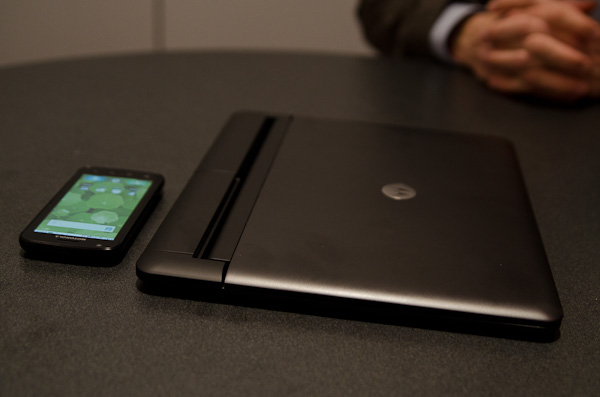
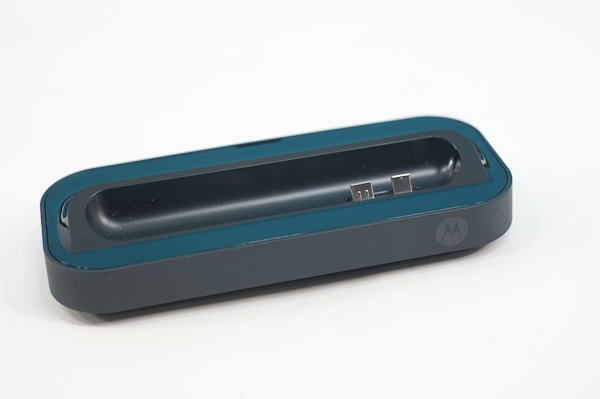
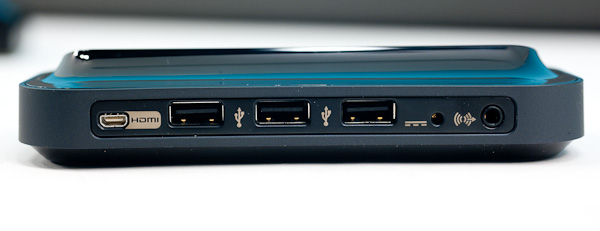
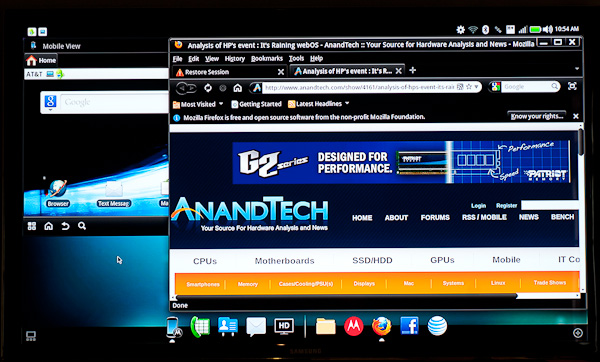
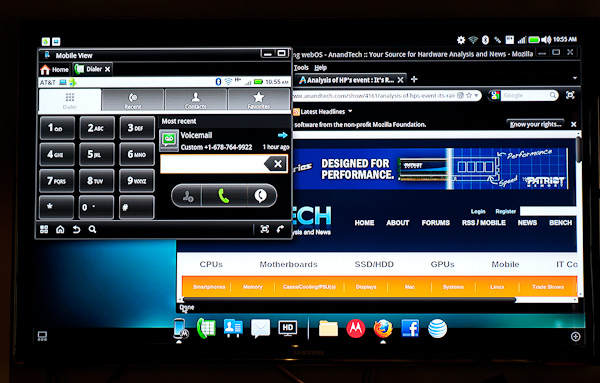








41 Comments
View All Comments
xaml - Tuesday, February 15, 2011 - link
But can it run Crysis?Weedkillers2 - Wednesday, February 16, 2011 - link
HiyaDue to initial reviews iv read the concept of the dock / webtop is good but its a bit slow...
Mabye it would be in Motorola's interest to create an Overcloking Application when the device is running off external Power such as
The Laptop Dock or the HD Dock
this would boost its peformance when mains connected and make the device more appealing in thouse situations to no realy change of the product required.
(obviously use at own risk feture or atleast different levels of over clok use at own risk)
Dylan
synaesthetic - Wednesday, February 16, 2011 - link
Until smartphones have modular and universal OS capability, they won't replace computers.When you can just hop over to Google's website and download a new, universal version of Android, and then hop on over to Motorola's website to download your device's appropriate drivers, THAT will be the moment that smartphones can truly attempt to replace PCs in the mainstream market.
Until that happens, walled-garden systems, lack of speedy updates and OS fragmentation will keep them in their current niche.
Oh, and they should *ship* with root access easily enabled, just like a computer. No exploits or hacks required, a simple flipping of a switch in the OS to enable superuser permissions.
TareX - Thursday, February 17, 2011 - link
Can Ananad (or anyone who held the phone) tell me how bad the text "fuzziness" was in the browser, on a zoomed out view? Some reviews said it appeared "pixelated" and unreadable despite of the qHD screen.EMM81 - Saturday, February 19, 2011 - link
Anand can you give some more detailed impression/images of the Atrix screen. If it really is a pentile matrix it would be an RGBW scheme. This is unfortunate because it is basically like adding a white sub pixel to the existing red, green, and blue sub pixels and calling it twice the resolution. So by my calculation the screen is really ~679x382 if you considered RGBW as one pixel. I would assume that the impression of this screen would therefore be that of a lower resolution than 800x480 and theoretically the white sub pixels would allow it to either be brighter when displaying non color saturated images or to lower the back light and save power. Since your graph clearly shows a lower contrast ratio the only possibility is power savings at the expense of quality. PLEASE correct me if I am wrong but this does seem to be the case.DisplayGeek - Tuesday, February 22, 2011 - link
You are indeed wrong and here's why:http://www.nouvoyance.com/files/pdf/measuring-pent...
Counting the number of subpixels, when using a system that uses both subpixel rendering and metamer rendering (where one uses the fact that white can be produced by both a single W and the combination of RGB) allows the display to use only two subpixels per pixel *on average*.
Yes, the RGBW system allows the power to be cut roughly in half.
The full on white to full off black contrast ratio is dependent upon the LCD technology itself, how much light leakage occurs in the dark states. It has nothing to do with the subpixel arrangement or color filter system, or its mode of operation. Though, the Dynamic Backlight Control does improve the contrast when dark images are shown, as reducing the backlight brightness makes the darkest states darker, while maintaining the brightness of the intermediate grey states. But that wasn't tested here.
arth2910 - Monday, February 21, 2011 - link
The Meizu M9 actually has the highest resolution of available android smartphones (matching that of the iPhone 4's). Acer's Iconia Smart also appears to be touting 1024x480.eawortman - Friday, March 4, 2011 - link
Is there still a full review coming?santro652 - Saturday, March 5, 2011 - link
Hi Anand,I am planning to get the Atrix carrier free version from USA, can anyone tell me if this phone will work in India or is there any unlocking required after taking a carrier free version. Please. Thanks in advance.. If anyone else knows the reply please let me know ASAP, Please
Kawboy12R - Thursday, April 28, 2011 - link
Looks like the full review got derailed somehow. I'd love to see some AT reviewage though.